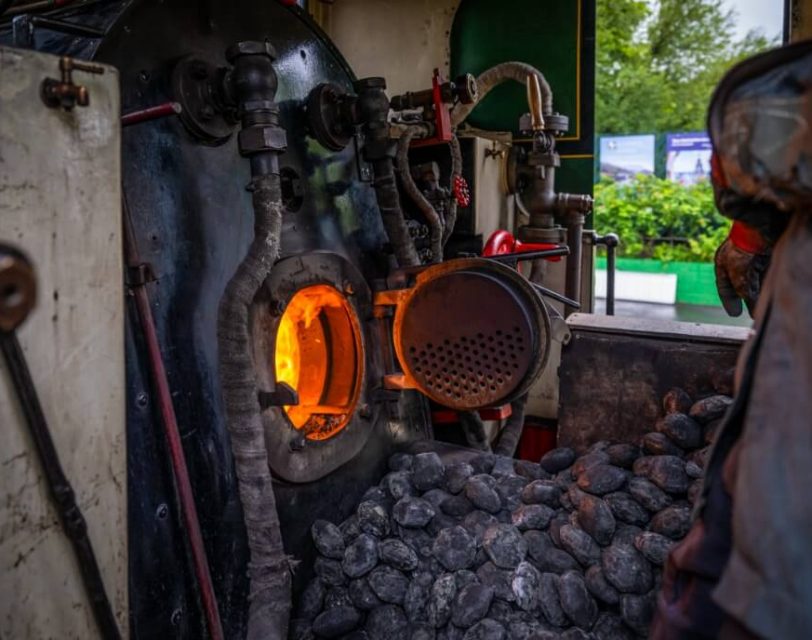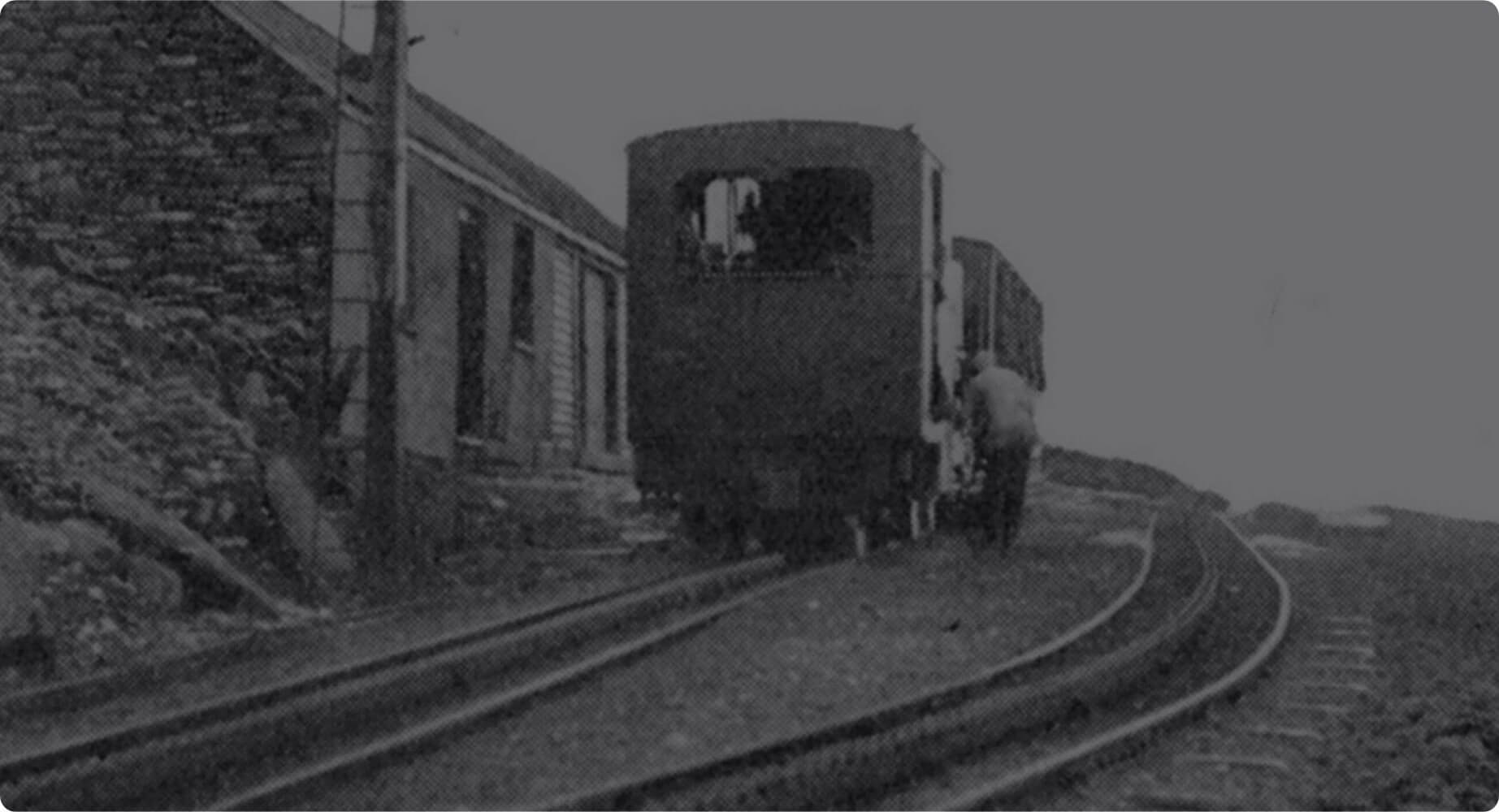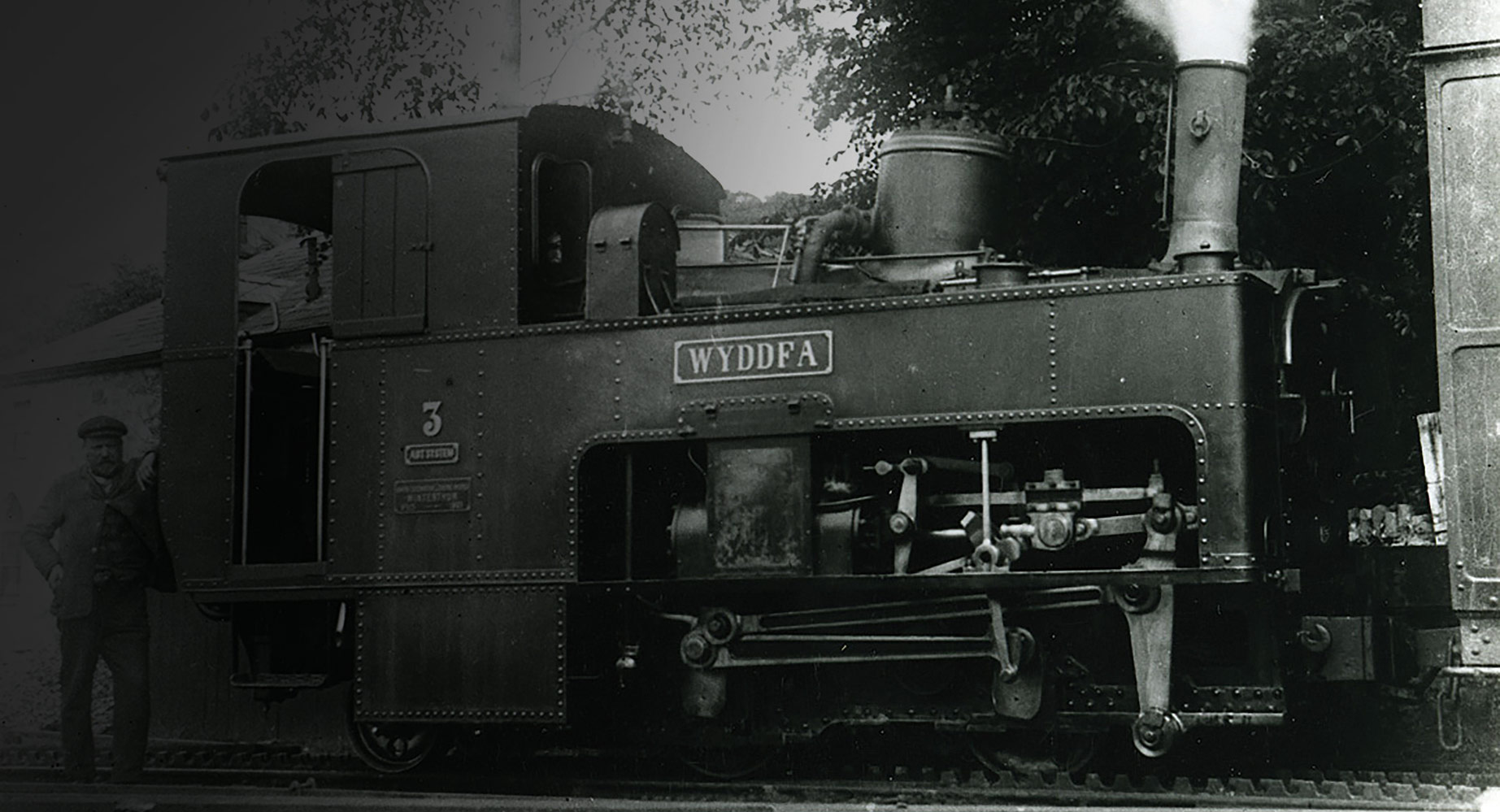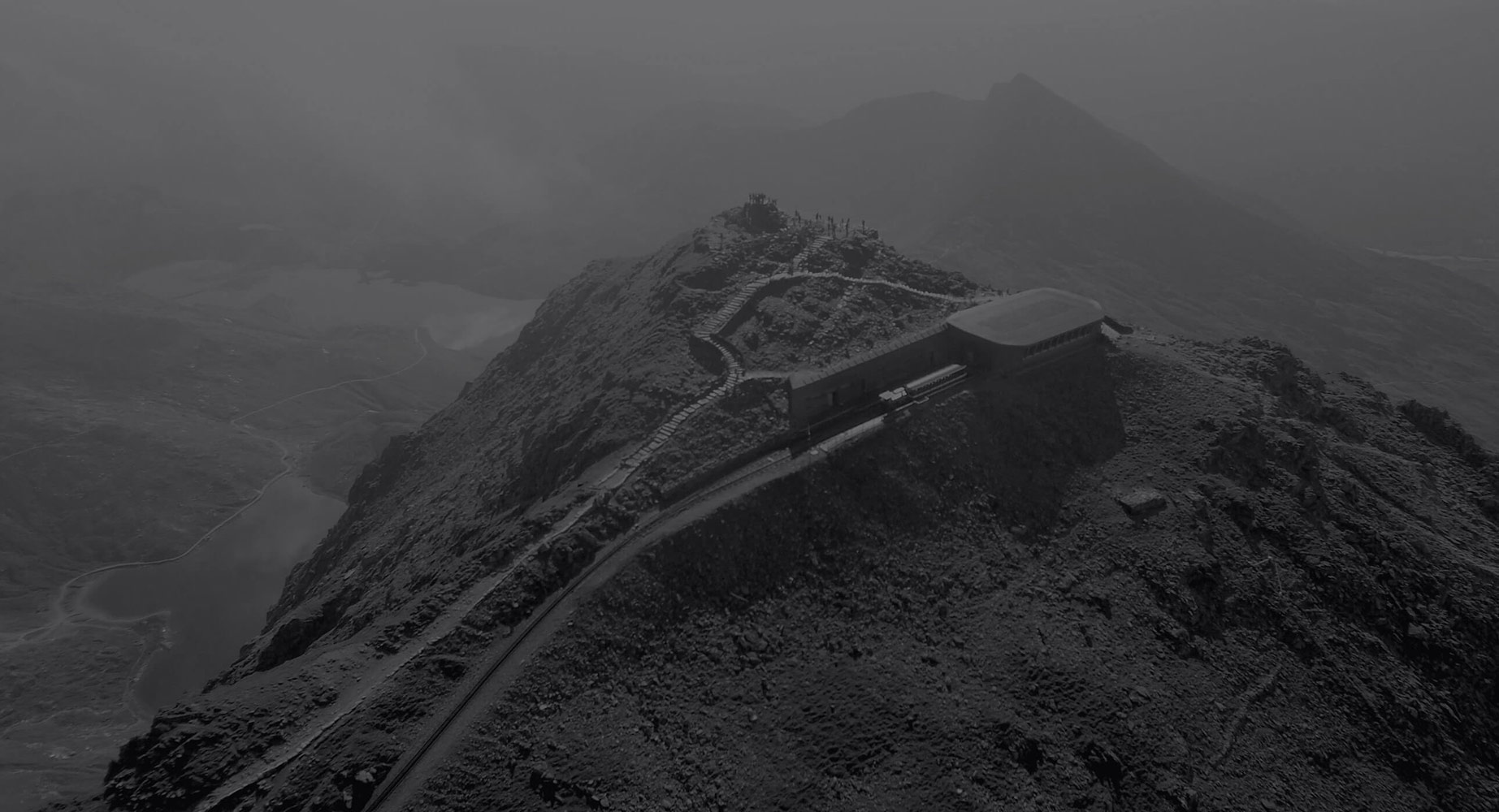1869
A railway to the summit of Snowdon was proposed.
A railway to the summit of Snowdon was first proposed in 1869 by Sir Richard Moon, Chairman of the London & North Western Railway, after a branch line from Bangor to Llanberis had been completed. Initial Parliamentary Bills were met with stiff opposition from the landowner Mr George William Duff Assheton-Smith of the Vaynol Estate, who thought a railway would spoil the scenery.
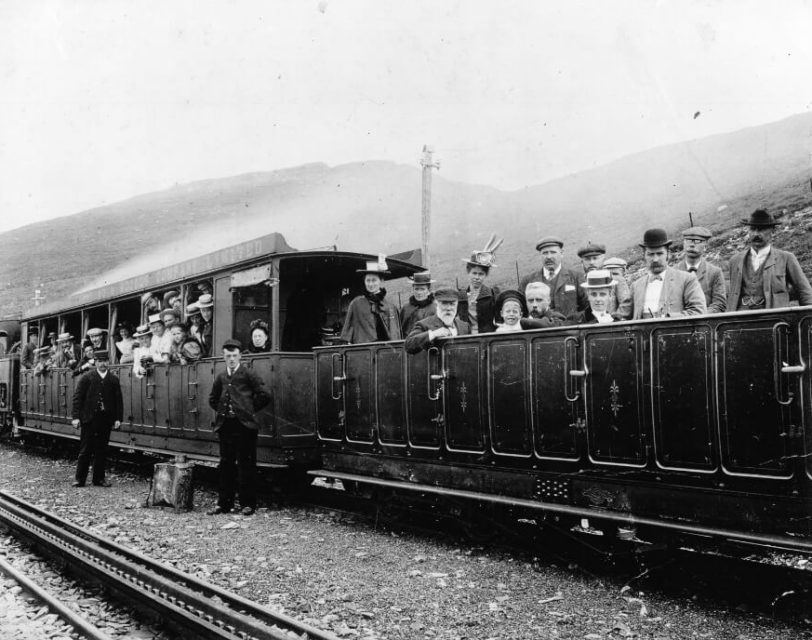
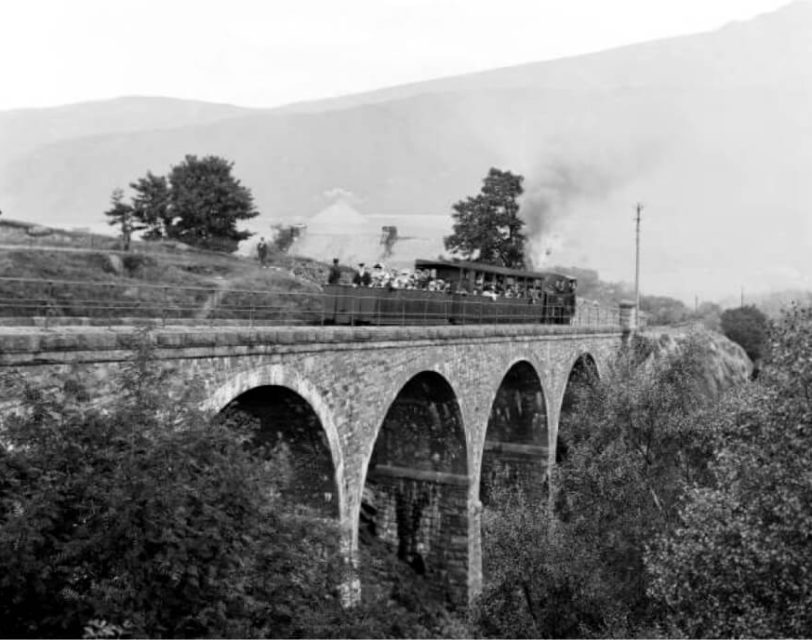
1894
Snowdon Mountain Tramroad and Hotels Company Ltd. was formed.
Plans to promote a railway from Porthmadog to the summit of Snowdon and the opening of a narrow-gauge railway to Ryd Ddu on Snowdon’s southwest flank in 1881 led to a significant loss of trade to the community of Llanberis. All this gave Assheton-Smith’s agent, Captain N. P. Stewart, enough concern to argue for a railway to the summit from Llanberis. Assheton-Smith eventually withdrew his objections and Sir Richard got his way. In 1894, the Snowdon Mountain Tramroad and Hotels Company Ltd. was formed and the scene was set for one of the world’s greatest feats of engineering to begin.
1894-96
Railway construction begins.
Snowdon Mountain Railway was constructed between December 1894, when the first sod was cut by Enid Assheton-Smith (after whom locomotive No. 2 was named) and February 1896, at a total cost of £63,800 (equivalent to more than £10m in 2023). 150 men with picks, shovels and dynamite laid almost eight kilometres of track up the mountain – all in 14 months.
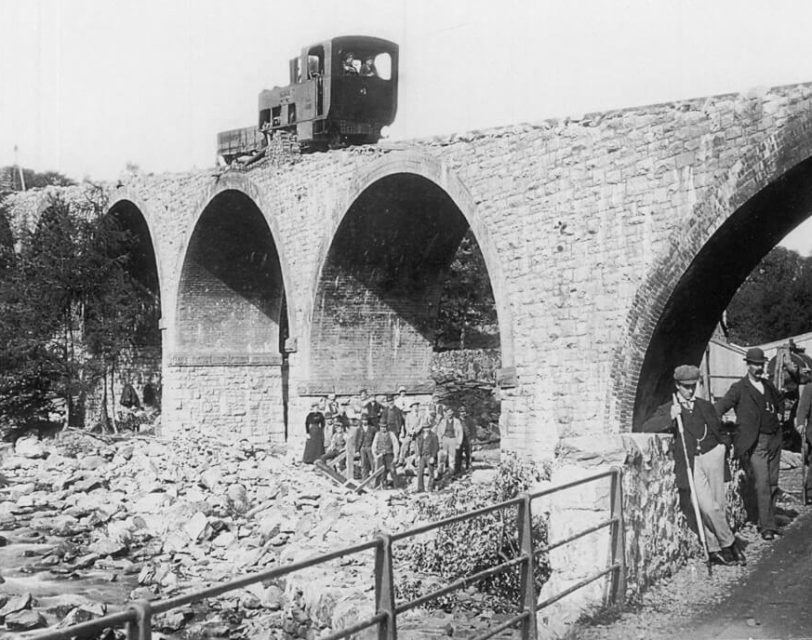
2016
Snowdon Mountain Railway celebrated
its 120th anniversary.
The railway celebrated its 120th anniversary in 2016. A Victorian-themed weekend was held at Llanberis Station during September, with local Welsh food and drink stalls, steam traction engines, swing boats, Punch and Judy and a variety of entertainment throughout the three-day event.
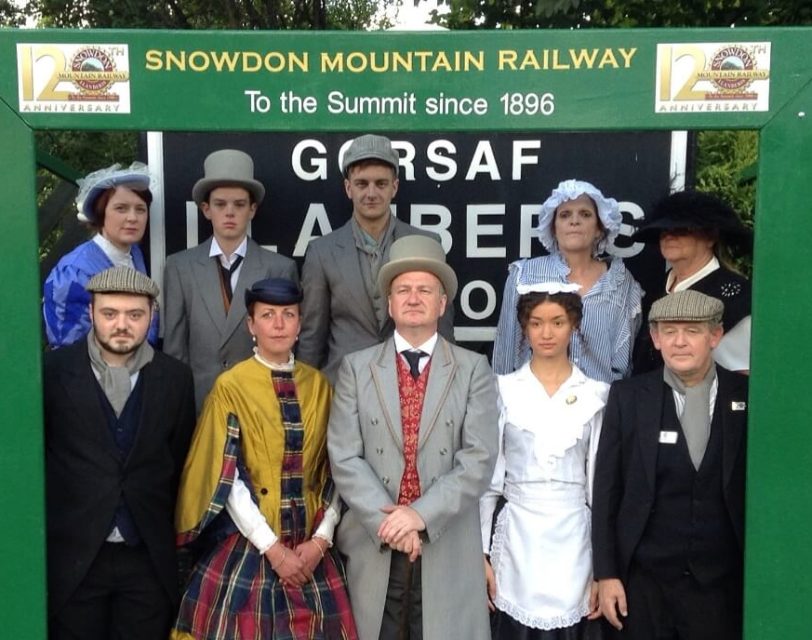
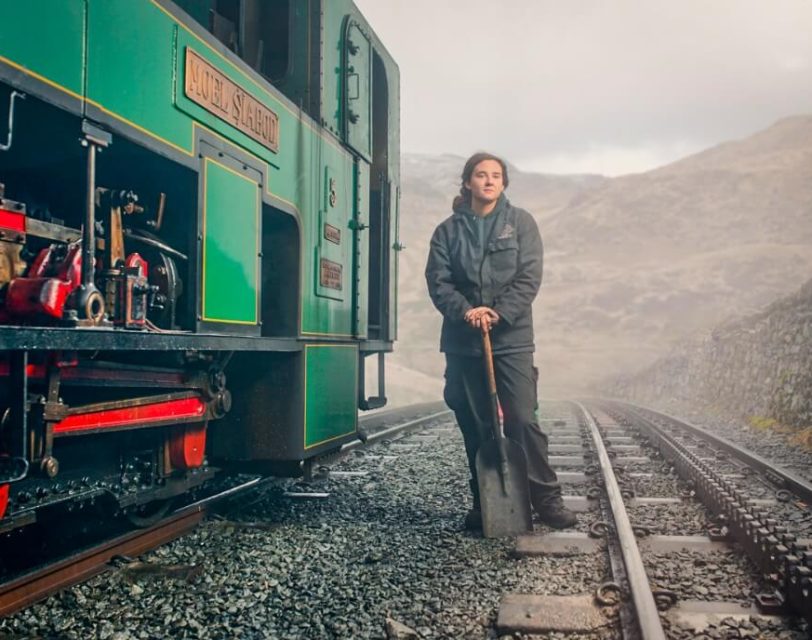
2017
Moel Siabod returns.
After almost 20 years out of service, steam locomotive No. 5 Moel Siabod returned to service after a comprehensive refit. The railway also employed its first-ever female fireman to work on board the steam locomotives.
2022
Investing in a greener future.
In 2022, the railway’s coal-fired steam locomotives began operating on Ecoal, a smokeless manufactured coal, which significantly reduces smoke and emissions output. The eco fuel is specially designed and formulated to replace traditional smoky coals, providing a much cleaner burn while maintaining the power and performance required to give passengers the best experience on board the historical locomotives. The fuel is the cleanest choice, providing up to 80% less smoke and up to 33% less coal than traditional coals.
